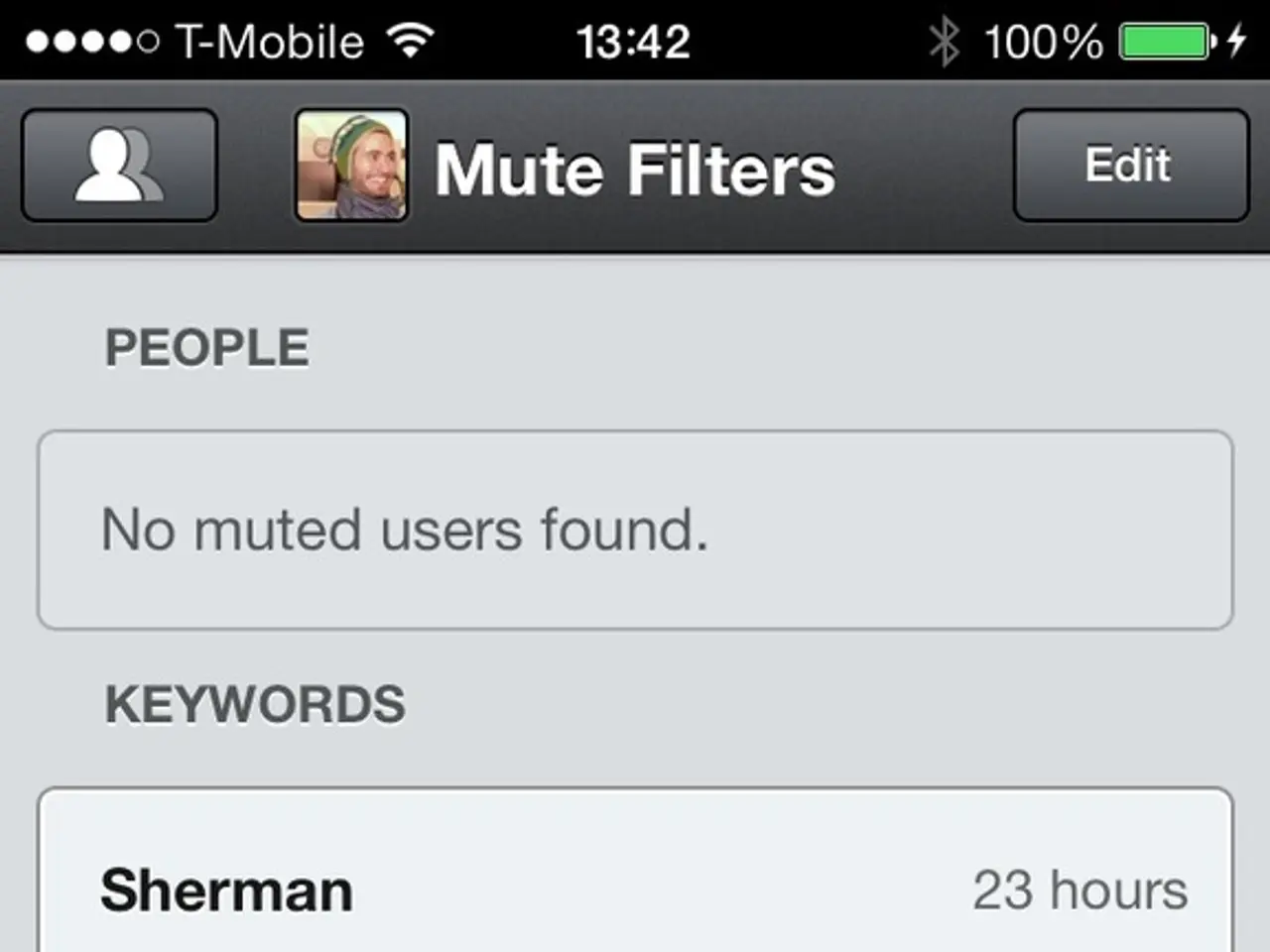Insights into the Digital Art Marketplace, Zora: A Comprehensive Guide
In the rapidly evolving world of Non-Fungible Tokens (NFTs), Zora stands out as an open-source media registry protocol and marketplace that is revolutionising the creative economy. Built on the Ethereum Blockchain, Zora is a zero-fee protocol that enables gas-efficient, low-cost minting and transactions, making it an affordable choice for artists and users alike [1][5].
For creators, Zora offers several key benefits. Firstly, it allows them to mint NFTs without incurring any platform fees, maximising their earnings from initial sales [1]. Secondly, Zora guarantees on-chain royalty payments with dynamic and automated enforcement. This means that artists receive royalties directly every time their NFT is resold, even if the sale occurs on other compatible marketplaces [2][3].
The Creator Toolkit on Zora further empowers artists by offering them two choices: Drops or Editions. This toolkit allows users to publish and control their own smart contracts without any coding skills, providing an accessible way for creators to monetise their works [6].
Zora's social layer integration also fosters stronger relationships between creators and their audiences, enabling creators to monetise their content more effectively. Unlike traditional Web2 platforms, creators on Zora receive direct payments from engagement [1][3].
Moreover, Zora supports a wide range of media types, allowing creators to mint various forms of media as NFTs, including images, videos, text, and even AI-generated art [4].
For collectors, Zora offers lower fees, access to dynamic royalty NFTs, and incentives for participating in the community and discovering new works [1][3][5].
Zora's unique features extend to its market mechanisms. There are three ways to buy an NFT on Zora: reserve auctions, buying with a "Buy Now" price, and making an offer. In a reserve auction, bids must be 5% higher than the previous bid and cannot be removed once the reserve is met. Making an offer allows users to propose a price for an NFT, and the seller can either accept or counteroffer [7].
Zora v3 also introduces a "Finders Fee" system, which allows users to create links to artwork that give a reward to those who "find" buyers for NFTs. The architecture of Zora v3 is designed to be flexible, allowing the Zora DAO to deploy new market types and updated versions [8].
In conclusion, Zora's focus on affordability, royalties, community incentives, and direct audience engagement positions it as a leading choice for creators in the Web3 paradigm. Meanwhile, collectors benefit from lower fees, dynamic royalties, and opportunities for community participation [1][3][5]. As the NFT marketplace landscape evolves, Zora is poised to continue uplifting creators and fostering a thriving community of artists and collectors.
[1] Zora Whitepaper (v3): https://docs.zora.co/whitepaper [2] Zora Royalties: https://docs.zora.co/royalties [3] Zora Creator Toolkit: https://docs.zora.co/creator-toolkit [4] Zora Media Types: https://docs.zora.co/media-types [5] Zora Gas Fees: https://gasnow.org/ [6] Zora Drops and Editions: https://docs.zora.co/drops-editions [7] Zora Auctions: https://docs.zora.co/auctions [8] Zora Finders Fee: https://docs.zora.co/finders-fee [9] Zora DAO: https://forum.zora.co/t/zora-dao-proposal-voting-and-governance-system/1717
Ethereum finance plays a crucial role in the Zora marketplace, as it is built on the Ethereum Blockchain, reducing costs with gas-efficient transactions for creators and collectors alike. With Zora, creators can leverage technology to seamlessly integrate lifestyle changes, monetizing their content directly and controlling their smart contracts without coding skills through options like Drops or Editions.




